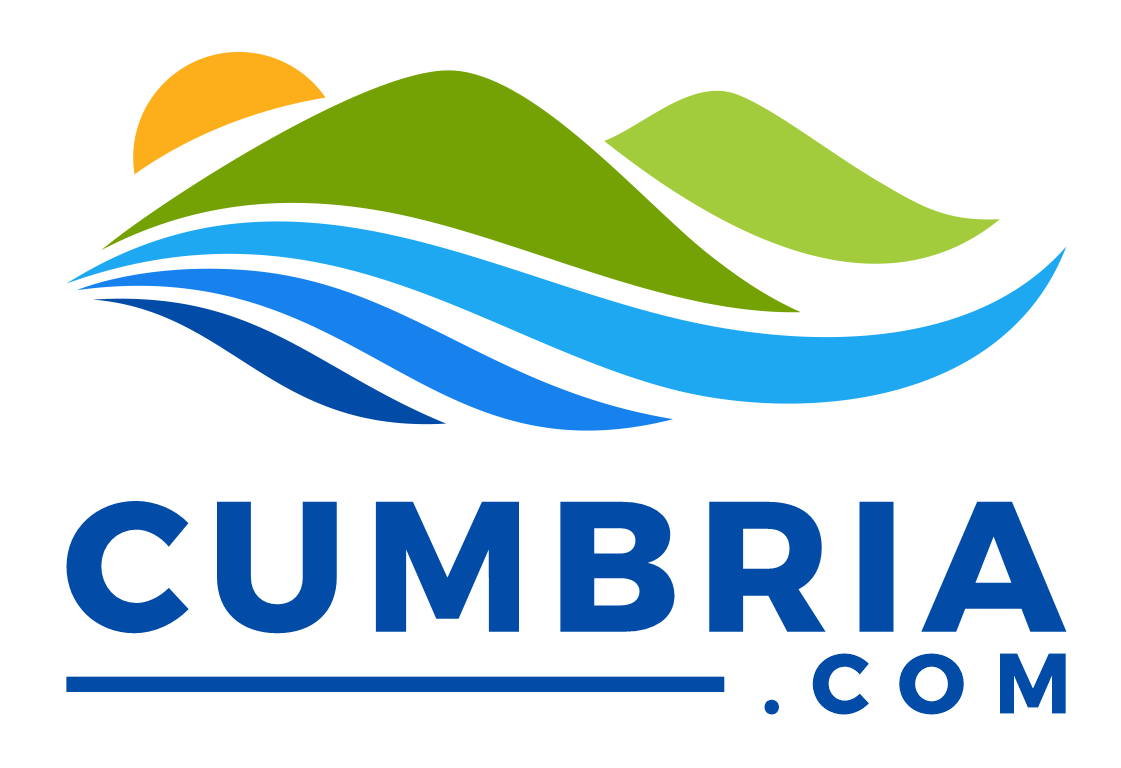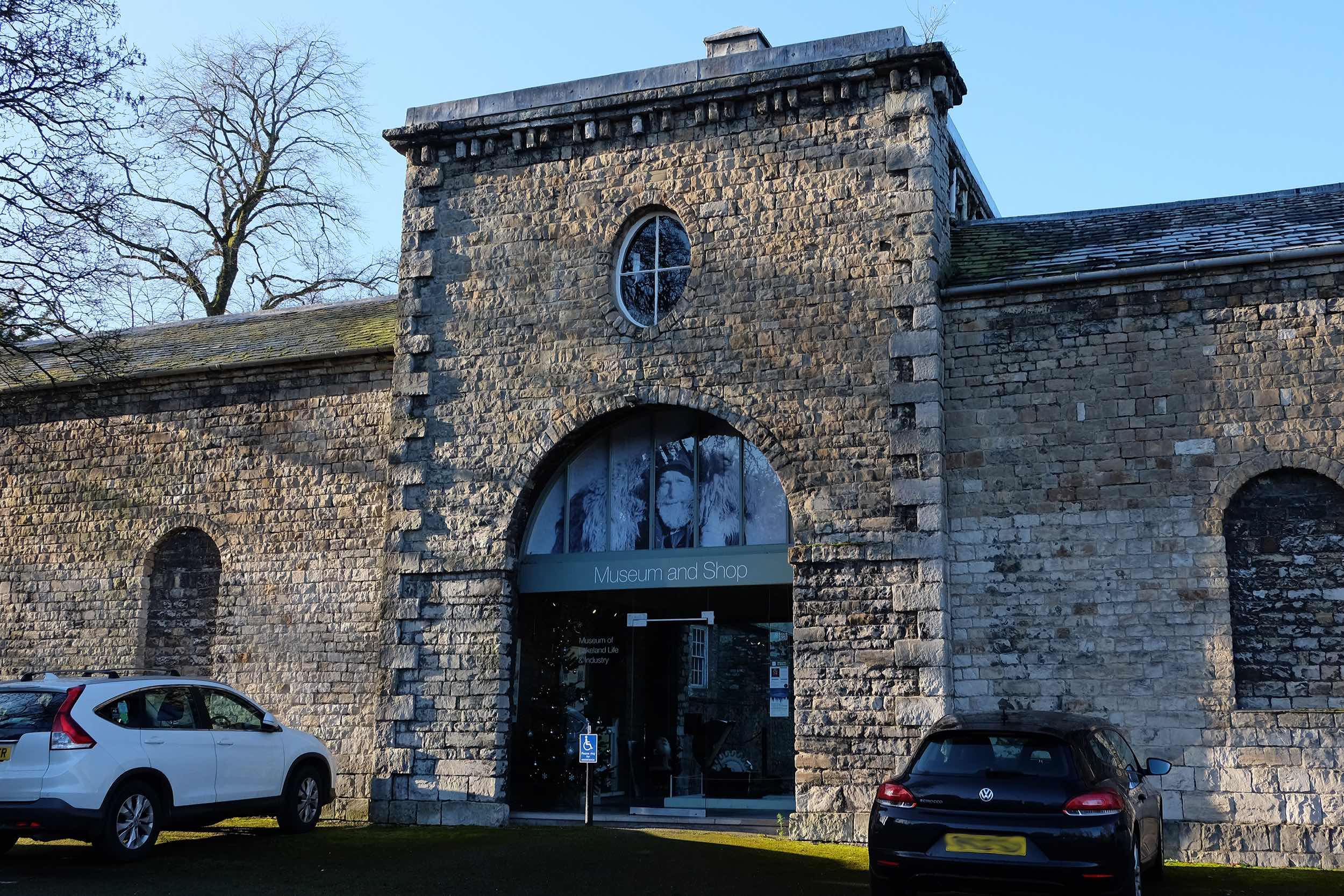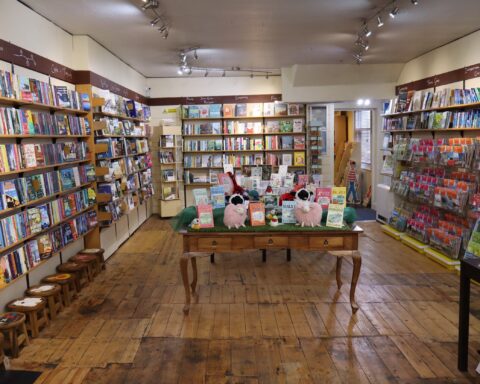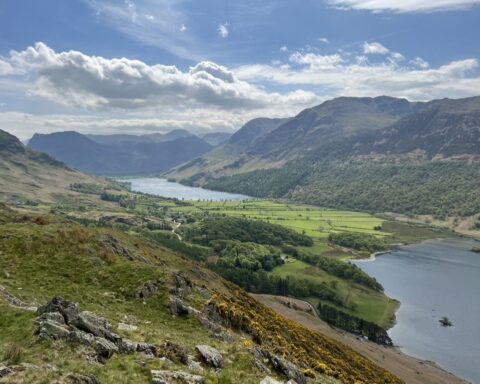Probably the most unusual of Kendal’s museums is the Quaker Tapestry Museum. Located in a 200-year-old Friends’ Meeting House on Stramongate, a short walk from the bus and train stations, this tiny museum is home to a collection of 77 embroidered panels telling the story of the Quaker movement and describing its influence on world events, from the Industrial Revolution to the abolition of slavery. A true community effort, the panels were created by 4,000 people in 15 countries over a period of 15 years. The award-winning museum also has a small café, with outside seating in the Meeting House Peace Garden for when the weather allows.
Directly opposite the Abbot Hall Art Gallery, close to the west bank of the River Kent, is the two-storey Museum of Lakeland Life and Industry. This does what it says on the tin, showing glimpses of everyday life in the Lake District over the centuries and artefacts from some of the industries that have dominated the region, including coppicing, tanning and agriculture. A film explains the work of Stott Park, the only working bobbin mill left in the Lake District. There’s even a mock-up of a lead mine level, recreating the claustrophobic space in which the men had to work. Mind your head!
In many ways, Kendal Museum, opposite the railway station, is typical of local museums, containing displays relating to geology, wildlife and archaeology. The thing that sets it apart though is the local history section which houses a reconstruction of Alfred Wainwright’s office. Kendal Borough Council’s treasurer for 19 years, the famous guidebook writer was also the museum’s honorary curator for several decades. Artefacts on display include his original pen-and-ink drawings, maps drawn when he was a child and personal items such as some heavily darned socks.





